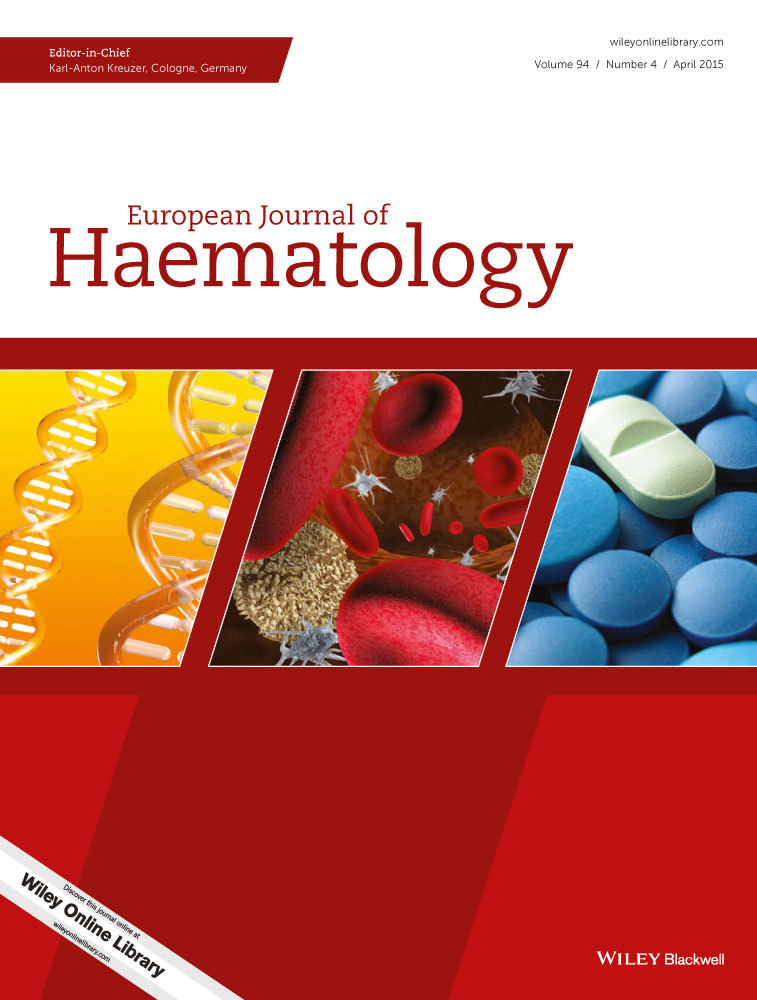Determination of deferasirox plasma concentrations: do gender, physical and genetic differences affect chelation efficacy?
Abstract
Objectives
Bioavailability of deferasirox (DFX) is significantly affected by the timing of administration relative to times and to composition of meals. Its elimination half-life is also highly variable – in some patients as a result of gene polymorphisms. Understanding whether deferasirox plasma levels are related to specific characteristics of patients could help physicians to devise a drug regimen tailored the individual patient.
Methods
We analyzed deferasirox plasma concentrations (CDFX) in 80 patients with transfusion-dependent anemias, such as thalassemia, by a high performance liquid chromatography (HPLC) assay. We used a multivariate linear regression model to find significant associations between CDFX and clinical/demographical characteristics of patients. All patients were genotyped for UGT1A1.
Results
Fifty-six patients were female, 24 were male, the great majority (88%) affected by β-thalassemia, and 15 were children and adolescents. No statistical correlation was detectable between CDFX and DFX dose (P = 0.6). Age, time from last drug intake to blood sampling, and ferritin levels in the 6 months before study initiation were significantly and inversely associated with CDFX in univariate analysis. In the multivariate analysis, the only two factors independently and inversely associated with CDFX levels were time from last drug intake to blood sampling and ferritin levels (P = 0.006). A significant inverse correlation (P = 0.03) was observed between CDFX and UGT1A1*28 gene polymorphism, but only in patients with levels of lean body mass (LBM) below the median (P for interaction = 0.05).
Conclusions
The results could indicate that a higher plasma DFX concentration could be associated with greater chelation efficacy. As a correlation between dose and CDFX was not demonstrated, it seems useful to monitor the concentrations to optimize and determine the most appropriate dose for each patient. Interesting results emerged from the analysis of genetic and physical characteristics of patients: LBM was a borderline significant effect modifier of the relationship between UGT1A1 polymorphisms and CDFX. Individual patient-tailored dosing of DFX should help to improve iron chelation efficacy and to reduce dose-dependent drug toxicity.




